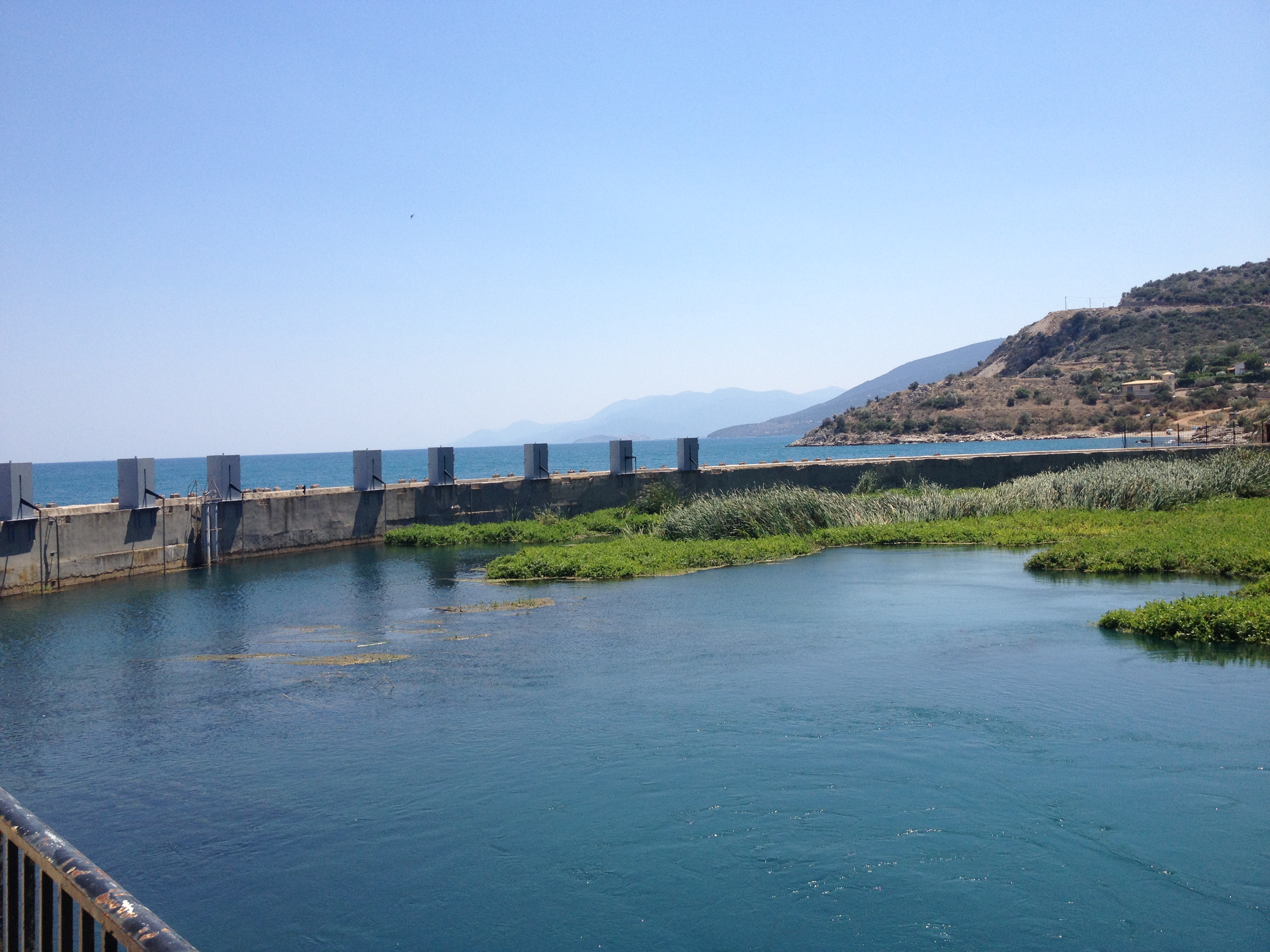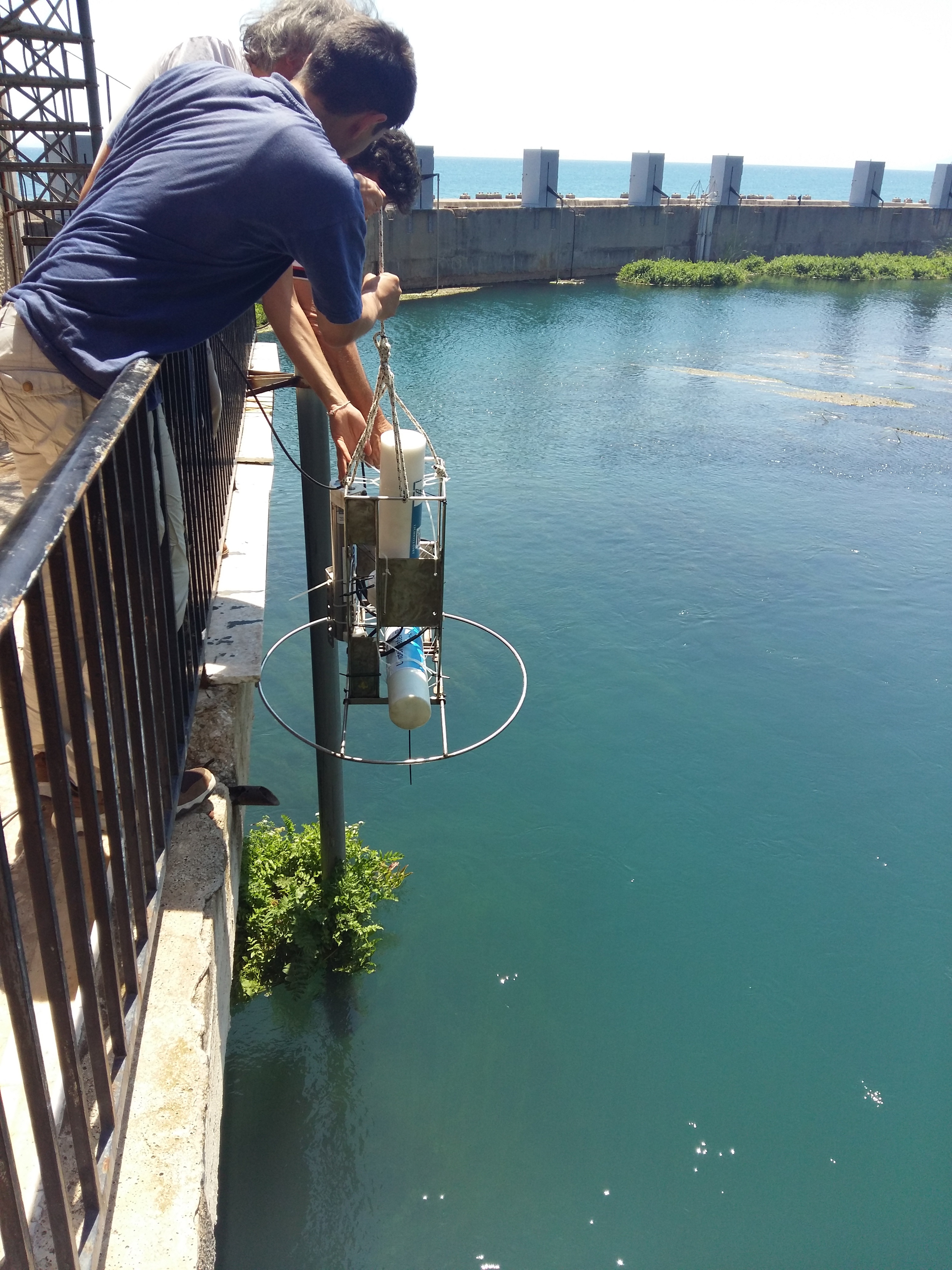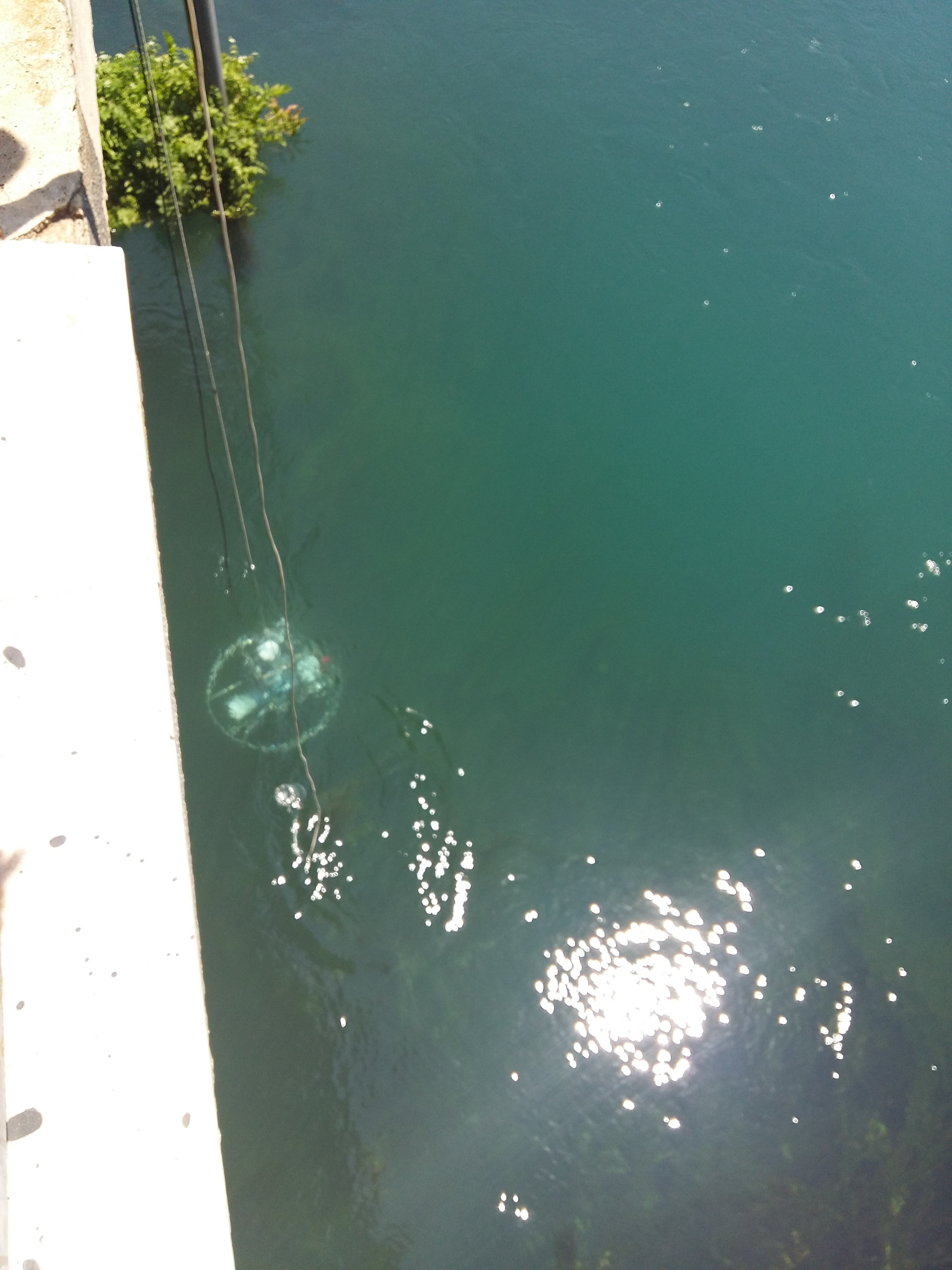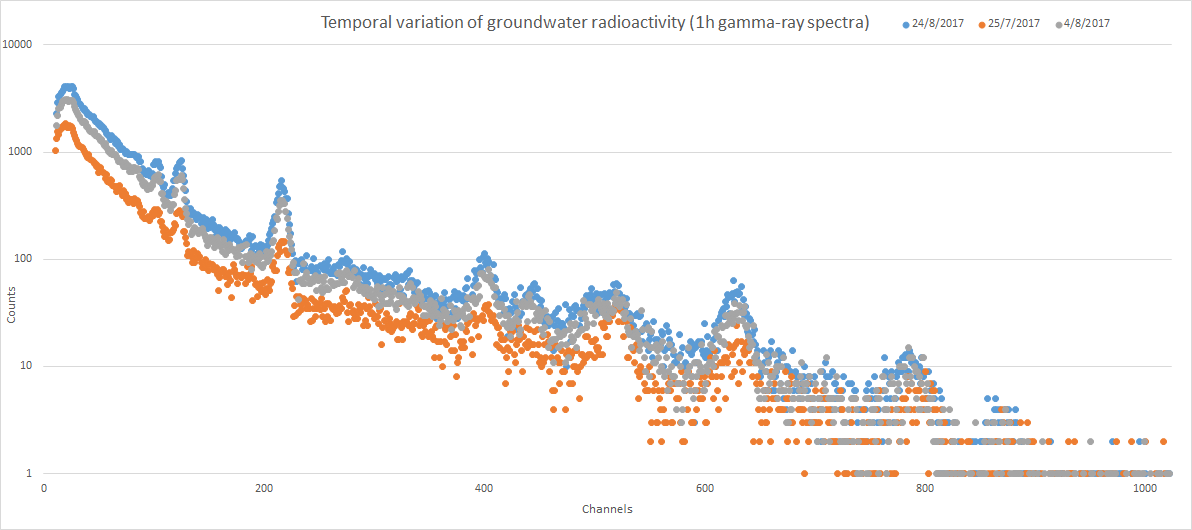Nafplion and Argos are still facing difficulties with their water resources and there were no any implementation plans after the Water Crisis at 2007, although important sectors such as tourism and agriculture affect dramatically the availability of water resources in the specific area. One of the key issues of the EU Water Framework Directive 2000 is the Integrated Water Resources Management (IWRM) approach which has as main goal to manage and control the water resources effectively and to prevent the water scarcity in a long-term basis.
The ancient Argeans used to sacrifice horses to God Poseidon at the place of Genesion, whereas, it is said that Danaos and his 50 daughters disembarked at Apovathmi, when they returned from Egypt. One of his daughters was Amymone that Poseidon met and fell in love with, when she was sent in search of water by her father, during a dry period, in order to provide Argos with drinking water. Due to his love for Amymone, Poseidon stroke the rock with his trident and water appeared at the area of Lerna. Dini is the ancient name of a submarine group of karstic springs at the Argolicos Gulf, near Kiveri village. The actual name of the springs is that of “Micros Anavalos” and “Saint George Springs”. Next to the Dini springs, which are located very close and away from the coastline are called Genesion, and Apovathmi. The water is discharged in the coastal zone of the specific area with an origin from Nestani sinkhole. The underground hydraulic connection, which was known to ancient Greeks, was verified with tracing experiments during the eighties. The connection between the sinkhole of Arcadia Plateau and the three major karstic springs of Argolis is depicted schematically elsewhere http://geonet.geo.auth.gr/ege2004/articles/GA1_160.pdf

|

|

|
The radioactivity detection system GeoMAREA is deployed in combination with temperature and salinity meters. The measurements of radon progenies were performed using the GeoMAREA subsea detection system, while the conductivity/temperature (CT) data loggers were used to monitor the temperature and salinity in the groundwater spring. The temperature and conductivity/salinity sensors (CT) were internally battery powered, whereas the GeoMAREA system was powered by a custom-made underwater battery which keeps the detector operable for about 35 days. The installations and the deployment of the whole platform was performed by the Radiomariners’ group of HCMR at 21st of July 2017. The data will be used for a Master Thesis supported by the University of the Aegean.

|
 Hellenic Centre for Marine Research
Hellenic Centre for Marine Research